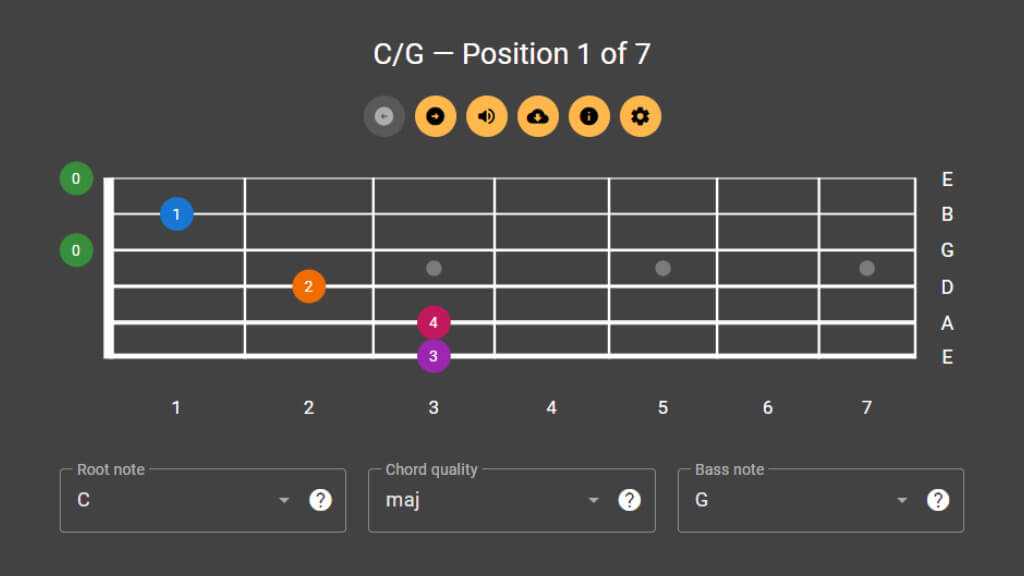Formula and Structure of the D6 Chord
Interval formula from the root note: 1 — 3 — 5 — 6. The chord consists of the following notes:
- D — unison and the main tonal anchor.
- Gb — major third with a bright major quality and clear stability above the tonic.
- A — perfect fifth, stabilizing the triad and adding tonal grounding.
- B — major sixth with a warm upper hue, pairing with the 9 to form a soft 6/9 tonic.
Together, these notes form the harmonic foundation of the D6 chord, defining its sound and role in the musical context.
Alternative Names for the D6 Chord
There are no alternative names for this chord.
Using the D6 Chord
Place the 6 on top as a melodic note for a bright tonic. Pair 6 and 9 (6/9) on a clean tone and keep the bass simple. In swing and pop short right-hand accents and a counter-line 6 -> 5 -> 6 work great. Don’t mix 6 and 7 in one voicing, and with dense textures feel free to drop the fifth.
Conclusion
D6 is an expressive and versatile chord. Learn several fingerings, experiment with different positions and voice spacing, then try weaving it into your own playing — this will help you quickly find your unique tone.













